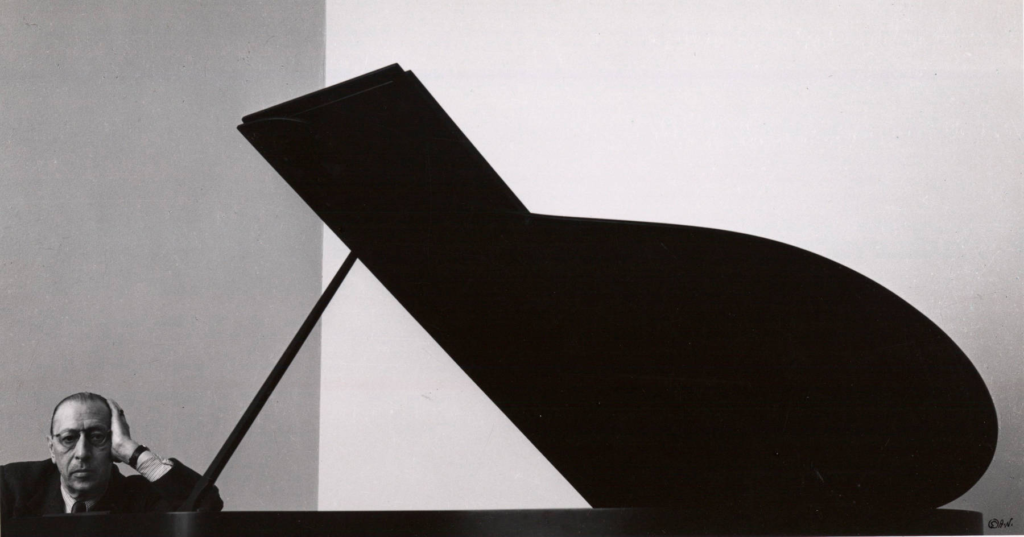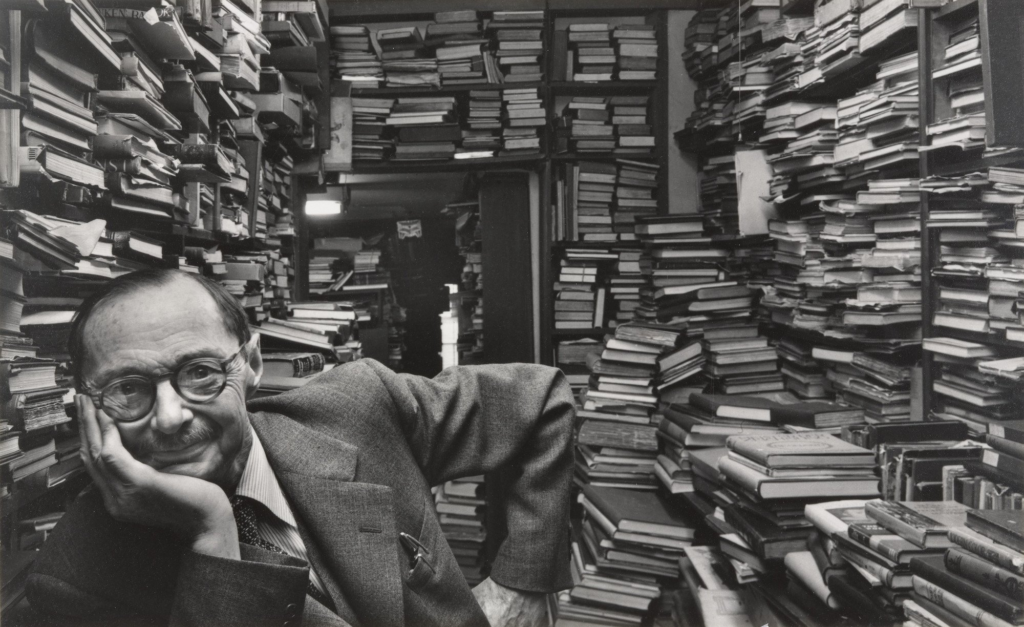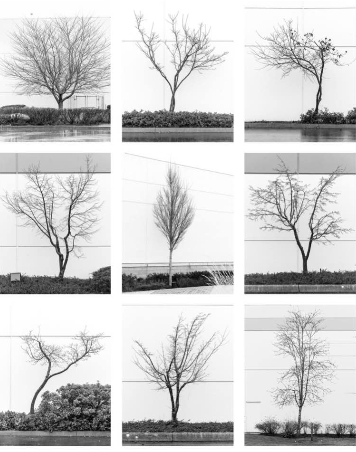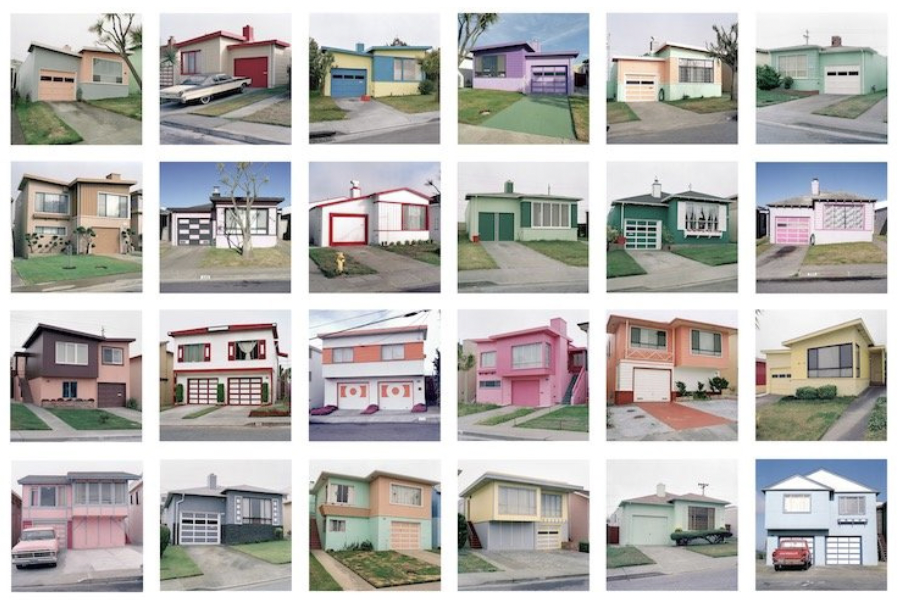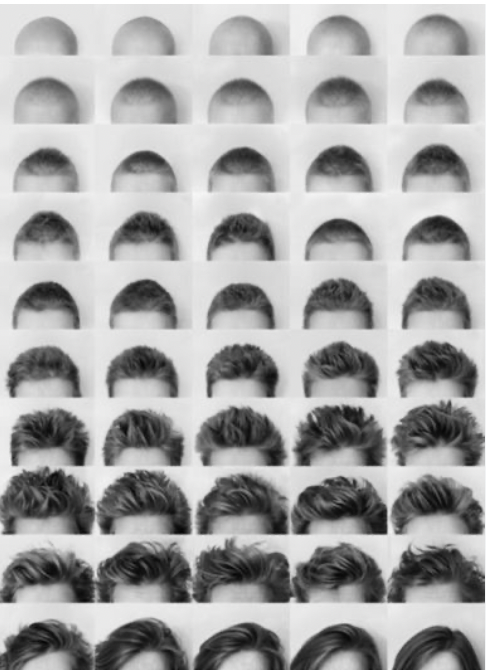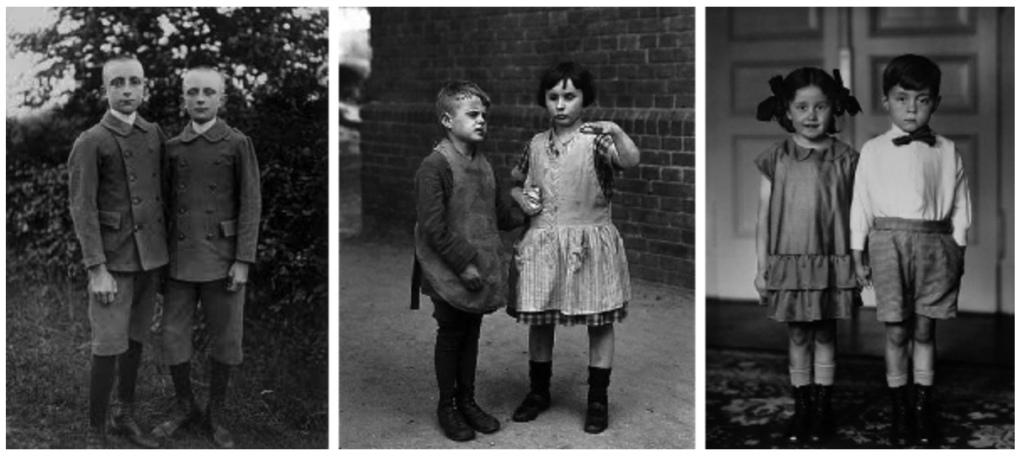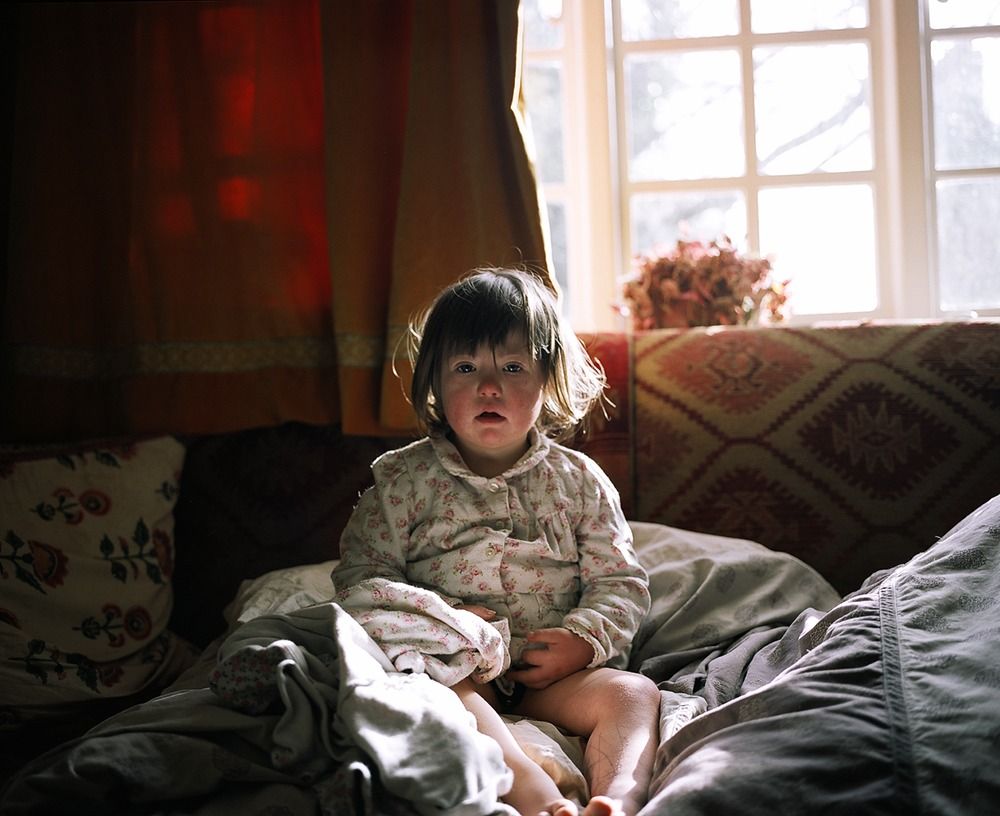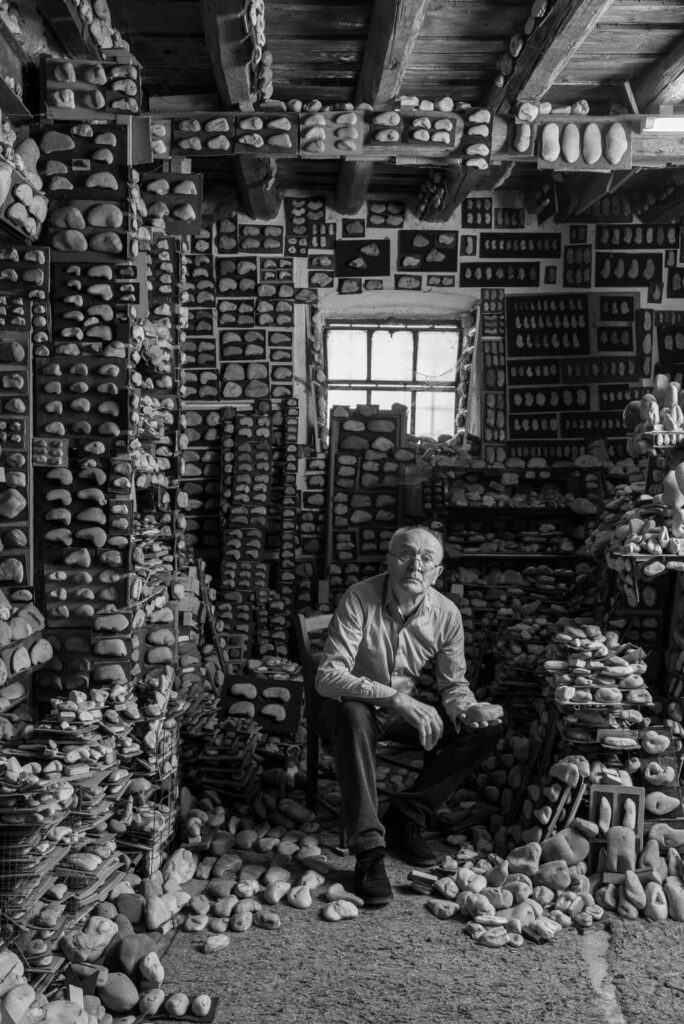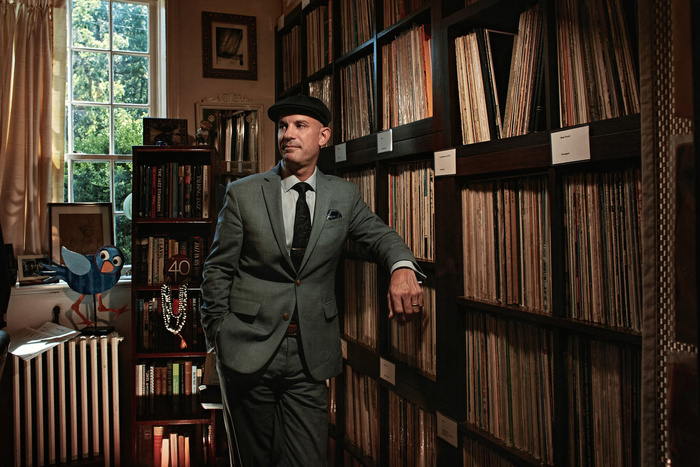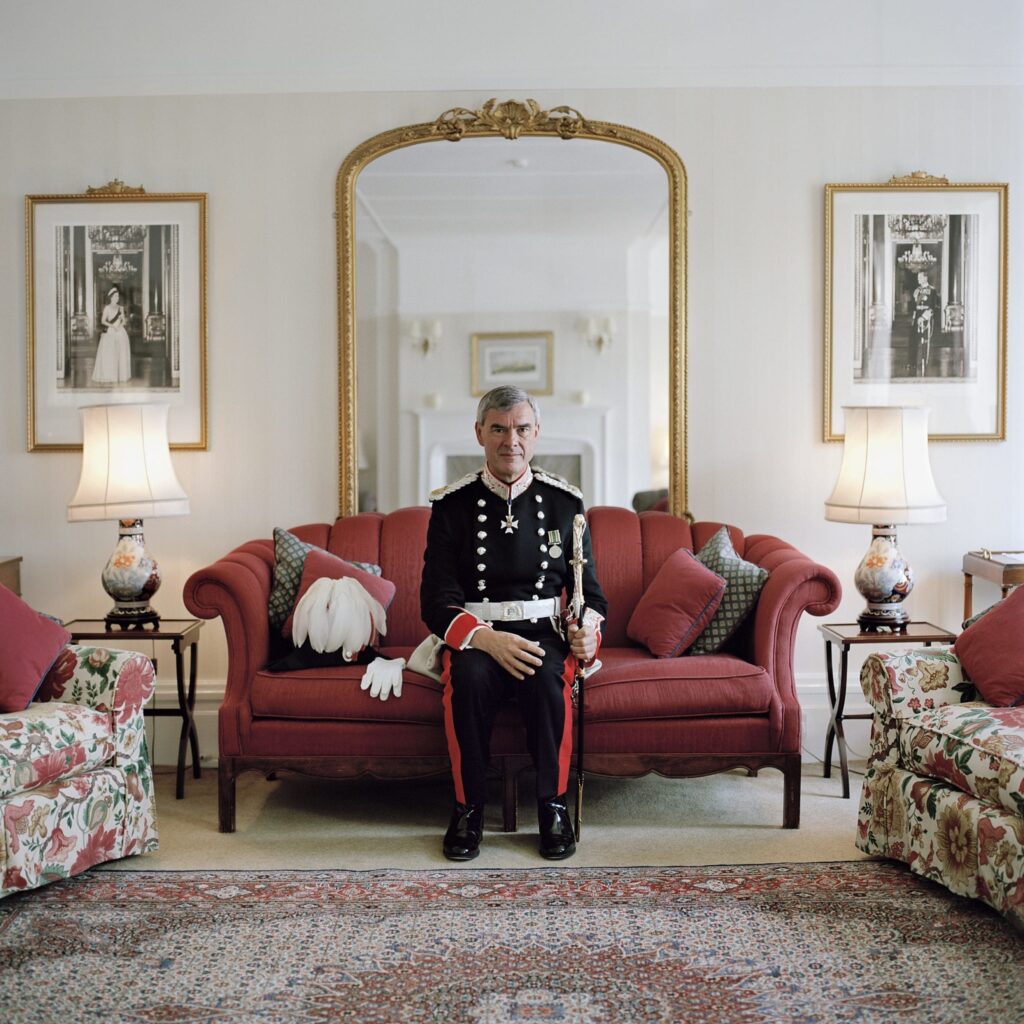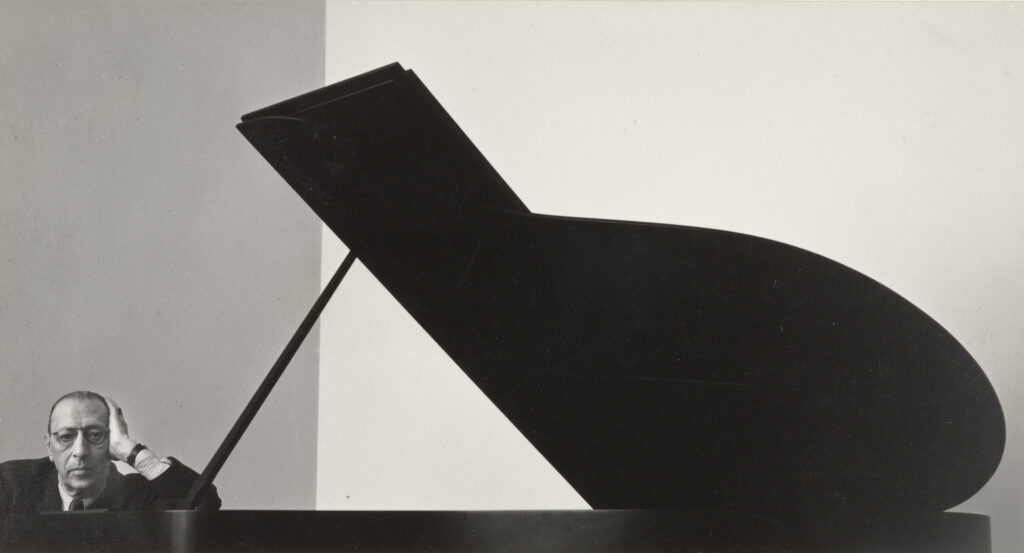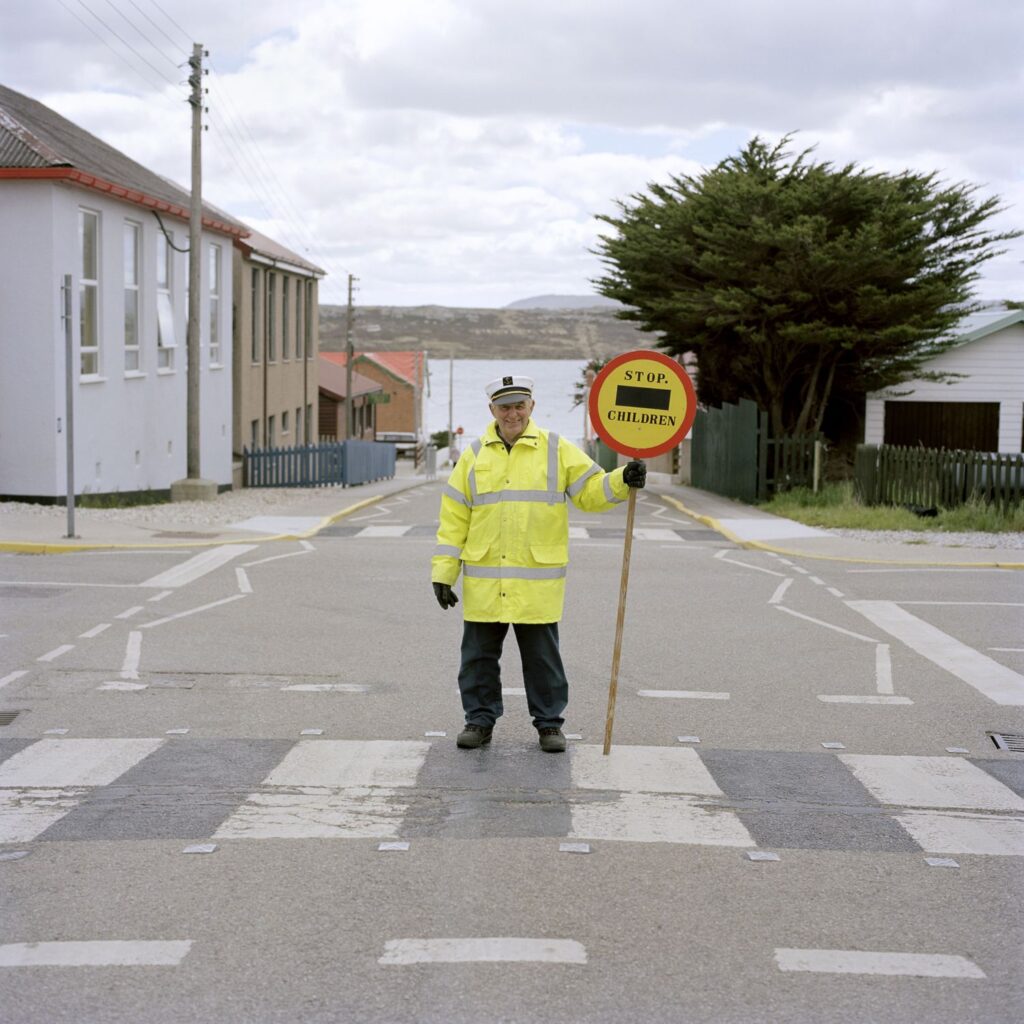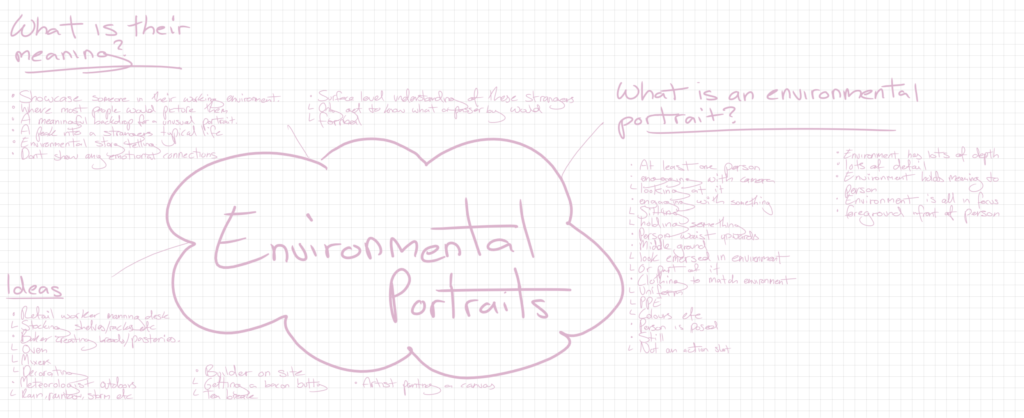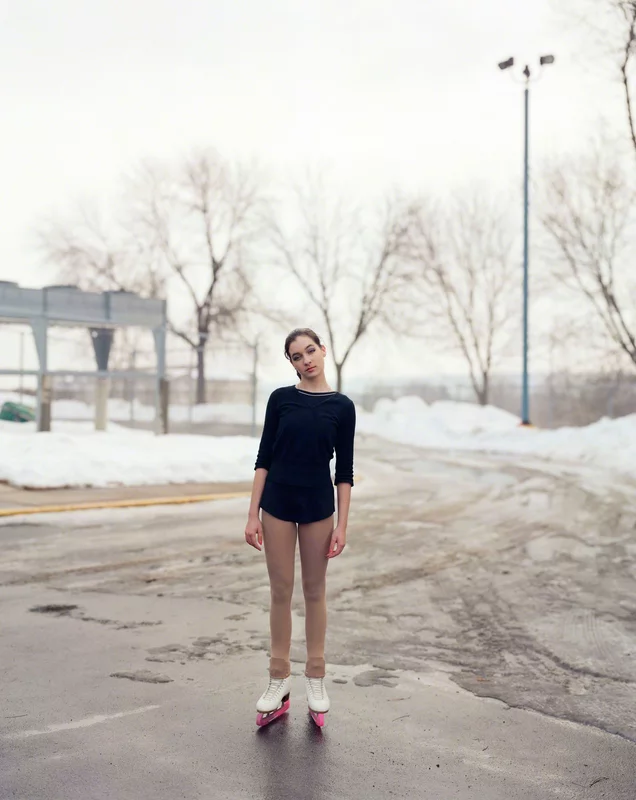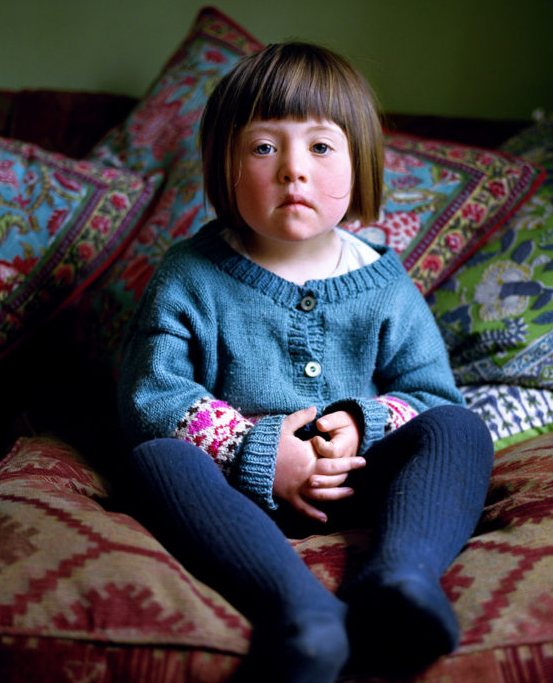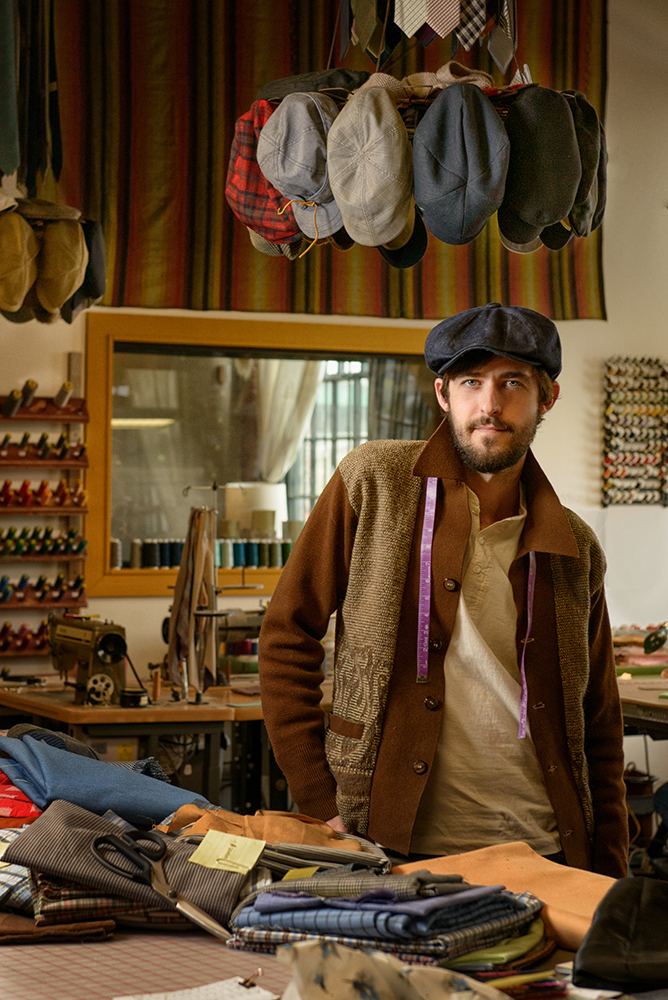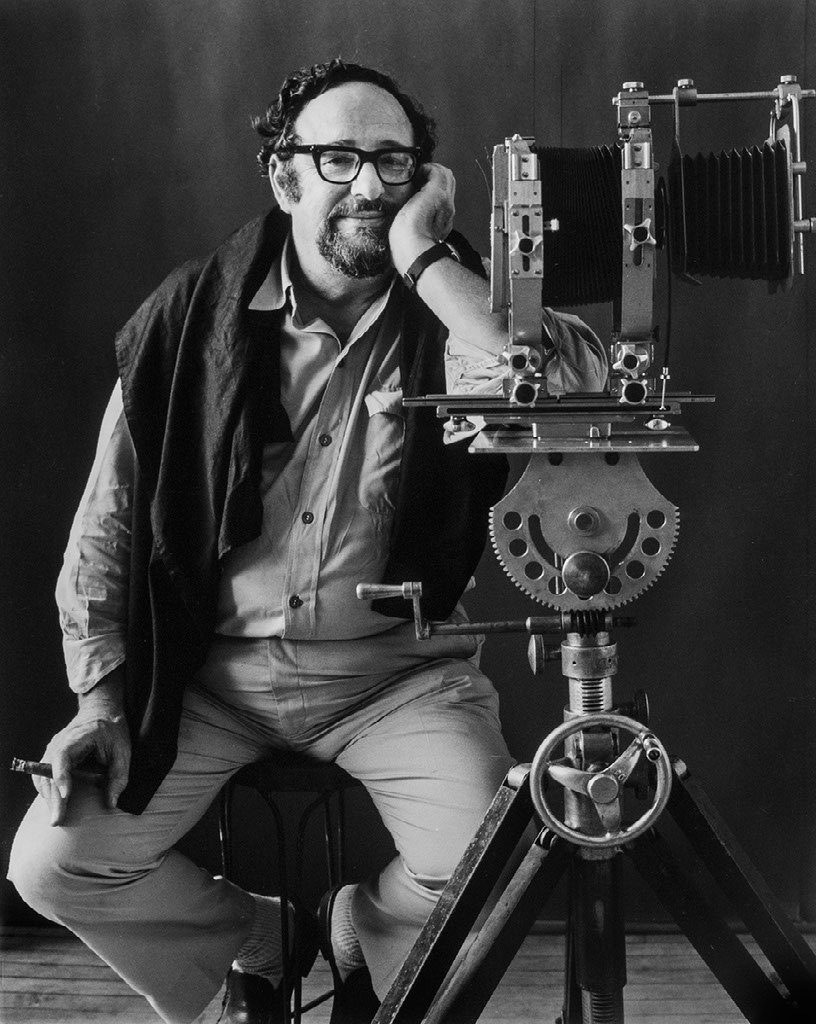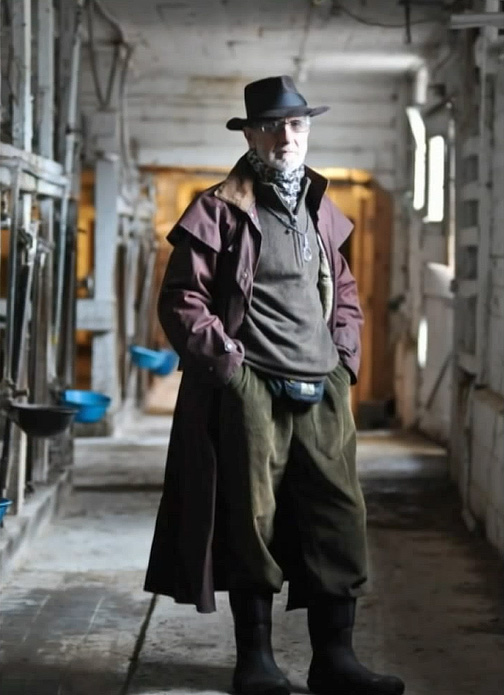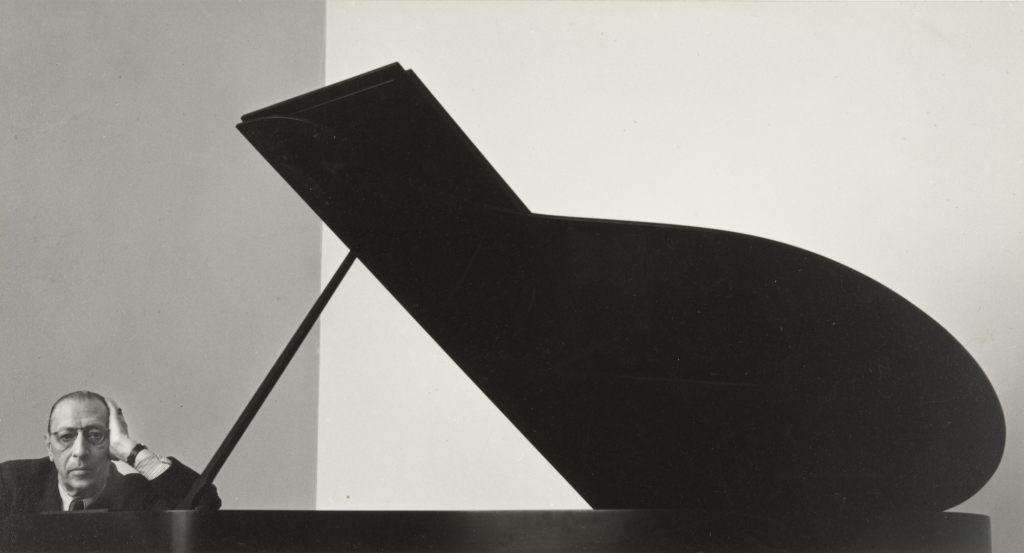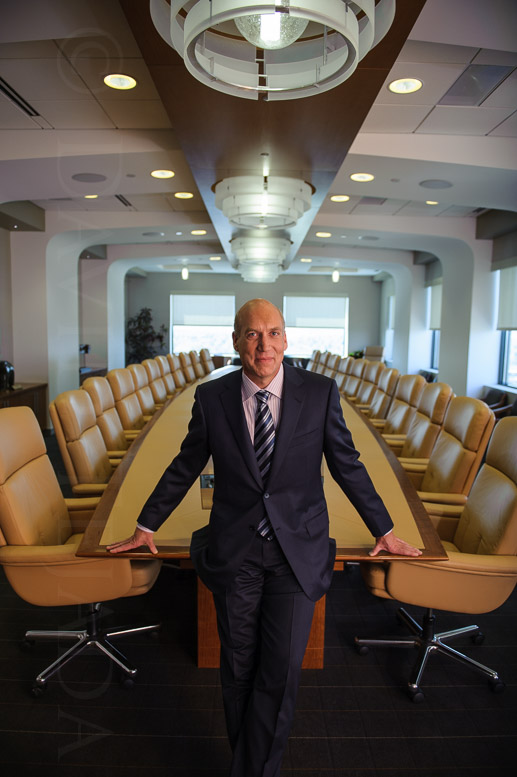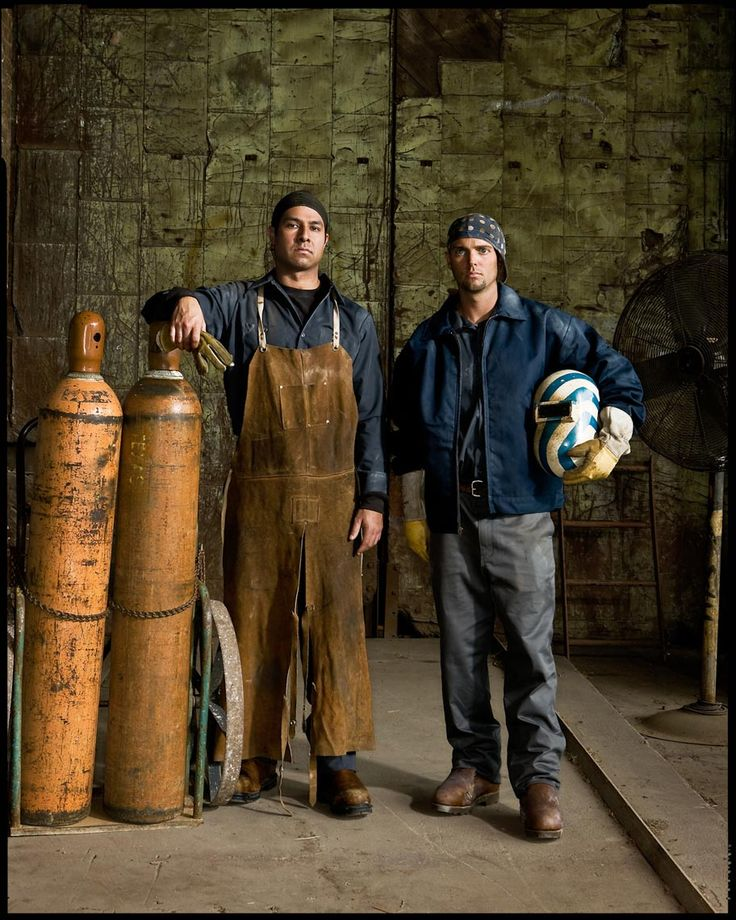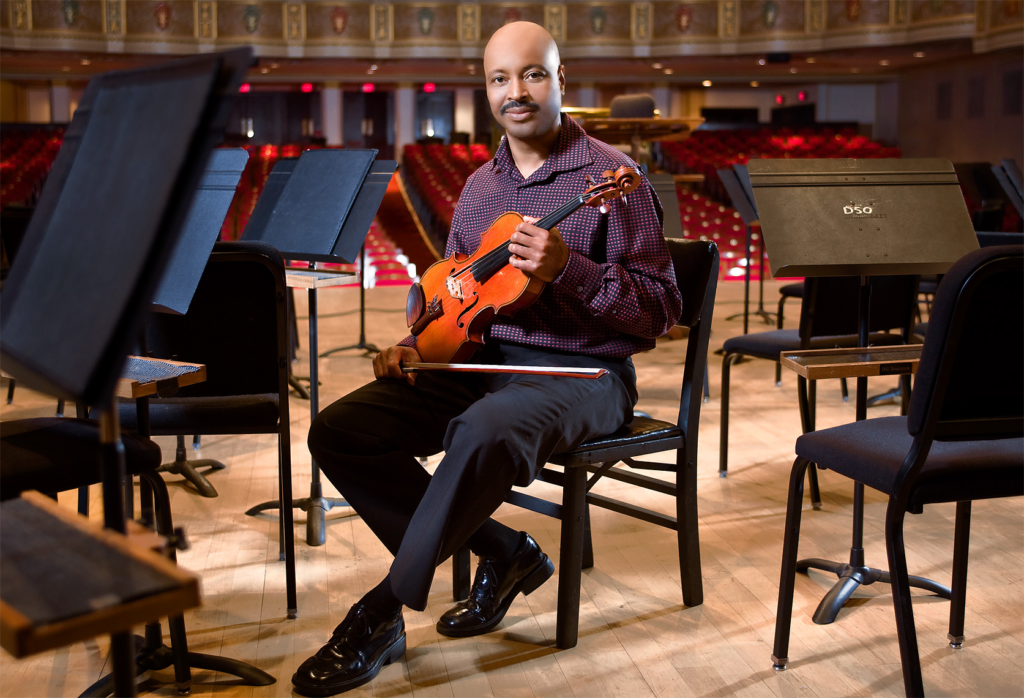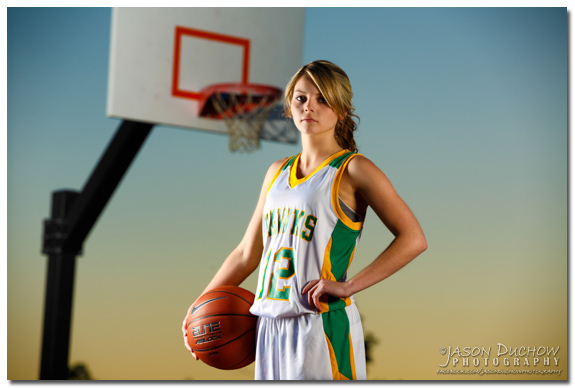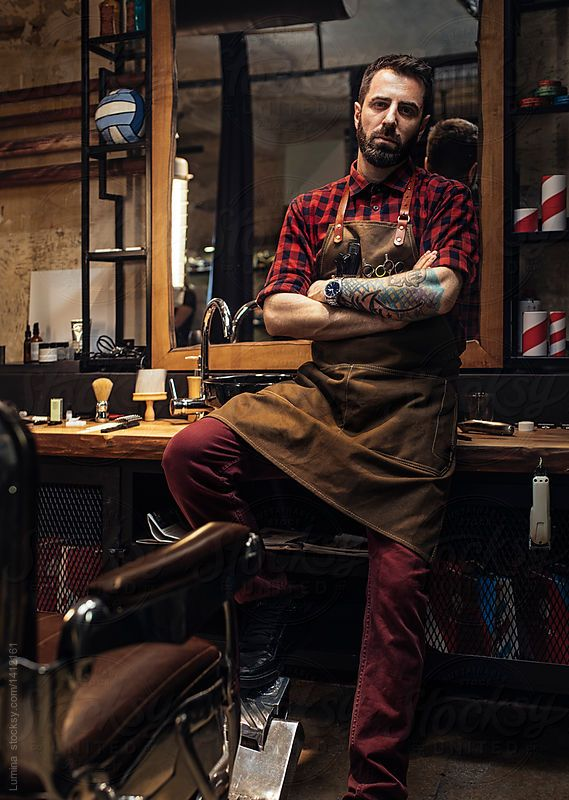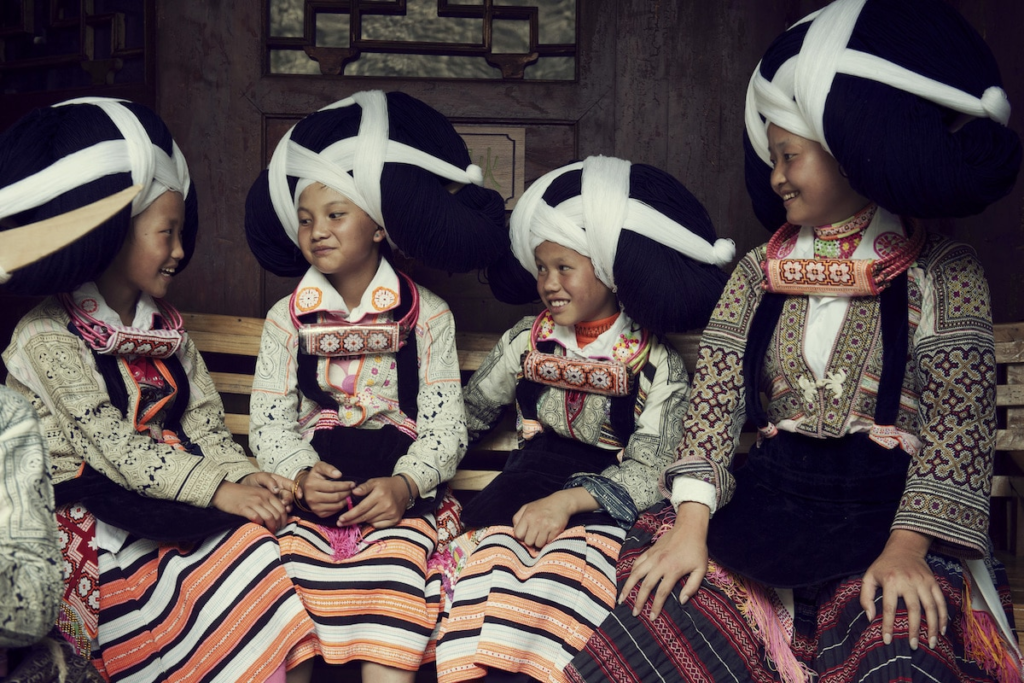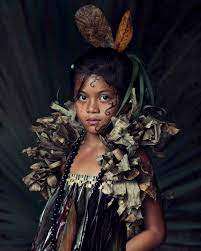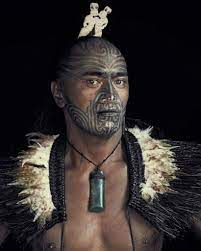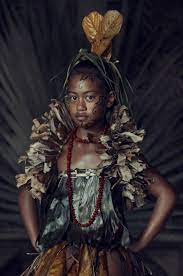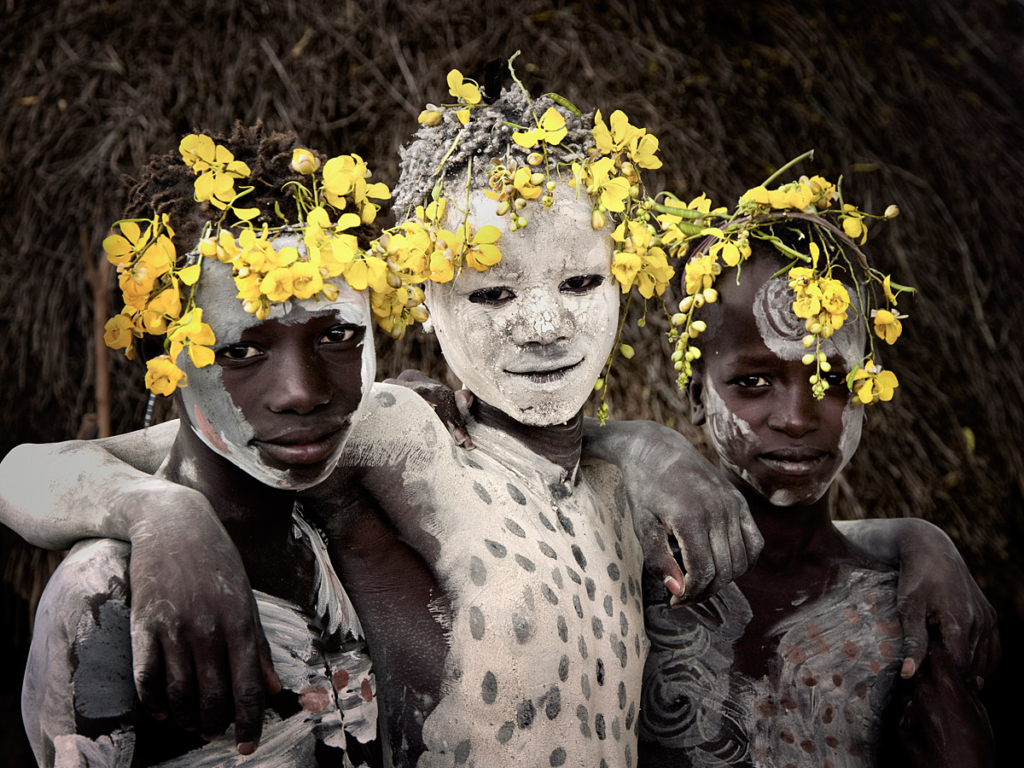
Arnold Newman, one of the most accomplished portrait photographers of the twentieth century. Arnold Newman has been credited with popularising the ‘environmental portrait,’ which places the sitter in surroundings that suit their profession or skill. Newman said of his sitters, “it is what they are, not who they are, that fascinates me,” and he made his reputation photographing a wide range of highly influential cultural and political figures of the twentieth century, often in their most telling environments, be it home or work. He became known for his ability to thoughtfully capture the personalities of his subjects through their expressions and surroundings. While commonplace today, this technique was not widely used in the 1930s when Newman was learning his craft, pathing the new era of portrait photography.
Newman spent a lot of time refining the background and the subject to work together well and to present stories and emotion. He would designing floor plans, equipment, schedules, and possible poses before the actual shoot even took place. This highlights how important he considered his work to be.
He managed to take photos of many influential figures like:


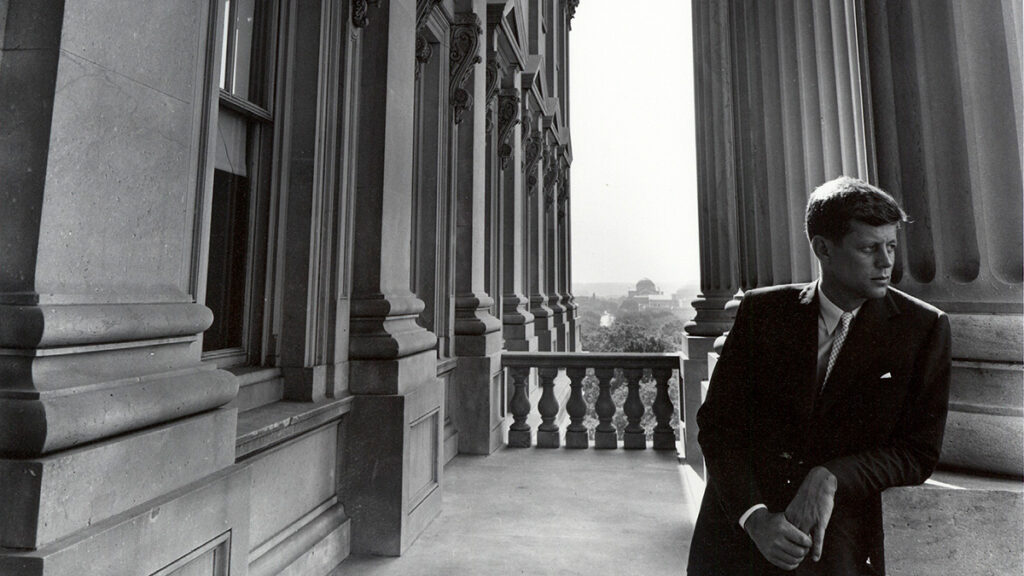
Explaining the portraits of famous people
In The Picasso portrait, Picasso looks directly at the camera with a hand resting on his forehead, looking more serious than in many other photographs of him. He tried to highlight his facial expressions and face blemishes, hardly focusing on the background.
In the john F. Kennedy environmental portrait, Arnold Newman focused heavily on the background (the white house) with the 35th presidents youthful and elegant appearance making him seem very powerful, looking over the country.
The Marilyn Monroe portrait (one of the most celebrated actresses of all time), has a deep impact on the views. The photograph is notable for its composition, showing an intimate glance between the two subjects. The piece also shows the contrast between Monroe’s glamorous public persona and Sandburg’s more serious and scholarly image.
Other works
